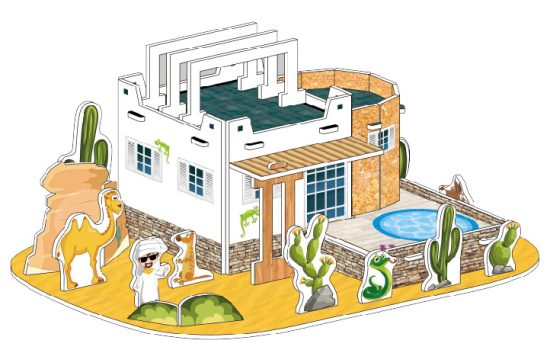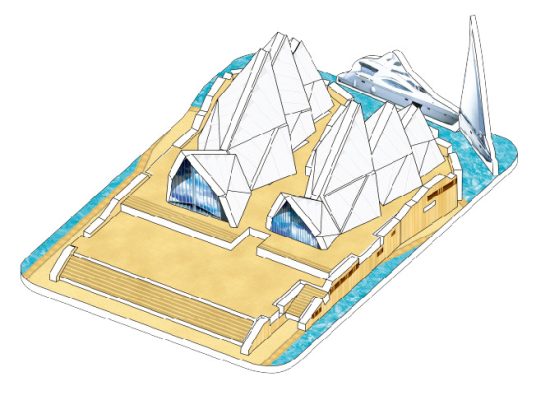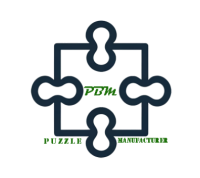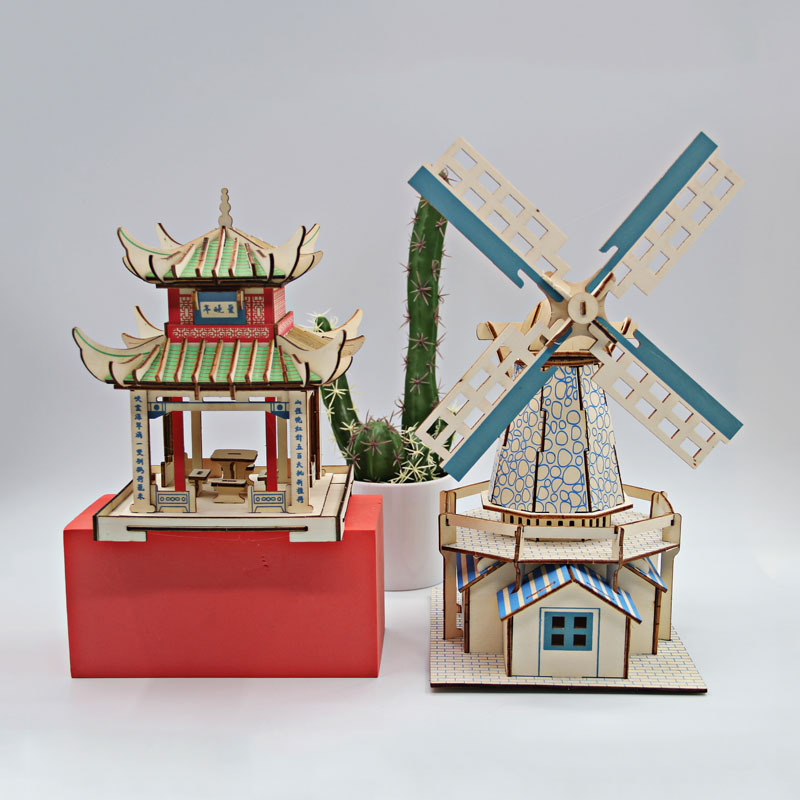The materials commonly used for 3D puzzles include:
Cardboard: This is the most common material used for 3D puzzles. It is lightweight, easy to cut, and affordable. Cardboard puzzles are usually printed with lithographic or inkjet printing methods.
Plastic: 3D puzzles made of plastic are more durable and long-lasting than cardboard puzzles. They are commonly made of ABS plastic and can be printed using silkscreen or digital printing methods.
Wood: Wooden 3D puzzles are more expensive than cardboard or plastic puzzles but are very durable and long-lasting. They are often laser-cut and come in natural wood finishes.
Foam: Foam puzzles are lightweight and easy to assemble. They are usually made of soft foam and are suitable for children. Foam puzzles can be printed using digital or silkscreen printing methods.
Metal: Metal puzzles are the most challenging type of 3D puzzle. They are made of thin metal sheets that are laser-cut into intricate shapes. Metal puzzles require precision and patience to assemble and are often used as brain teasers.
Acrylic: Acrylic puzzles are made of clear plastic and can be printed using UV printing methods. They are typically more expensive than cardboard or foam puzzles and are often used as display pieces.



